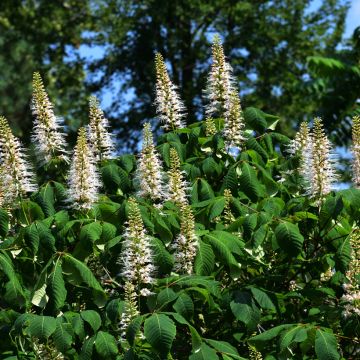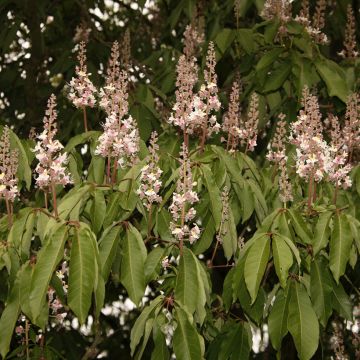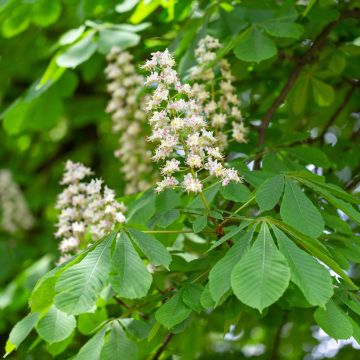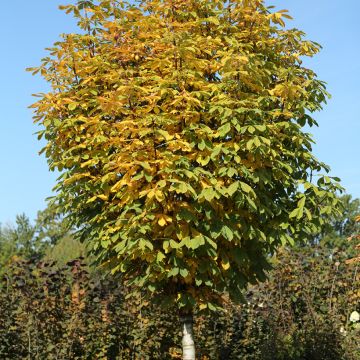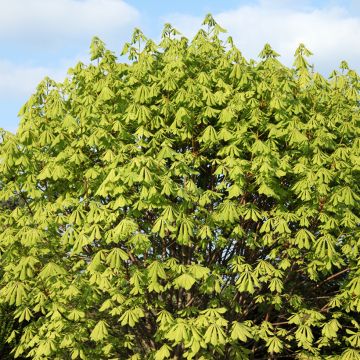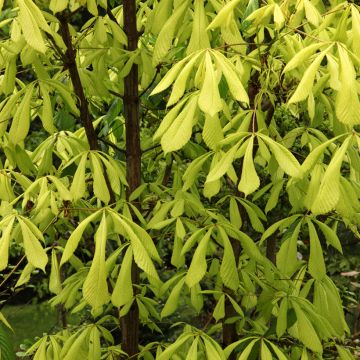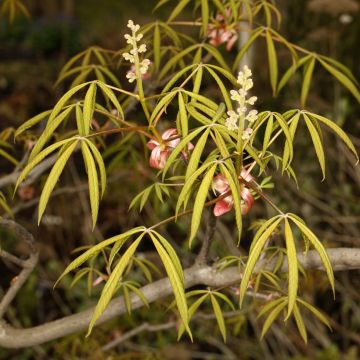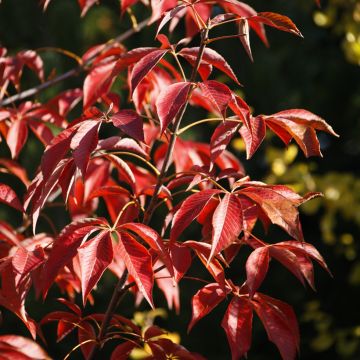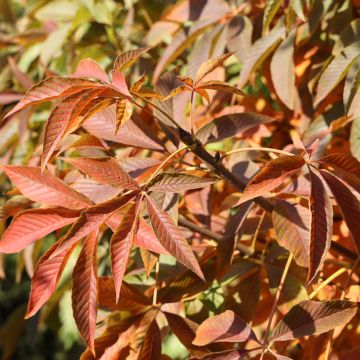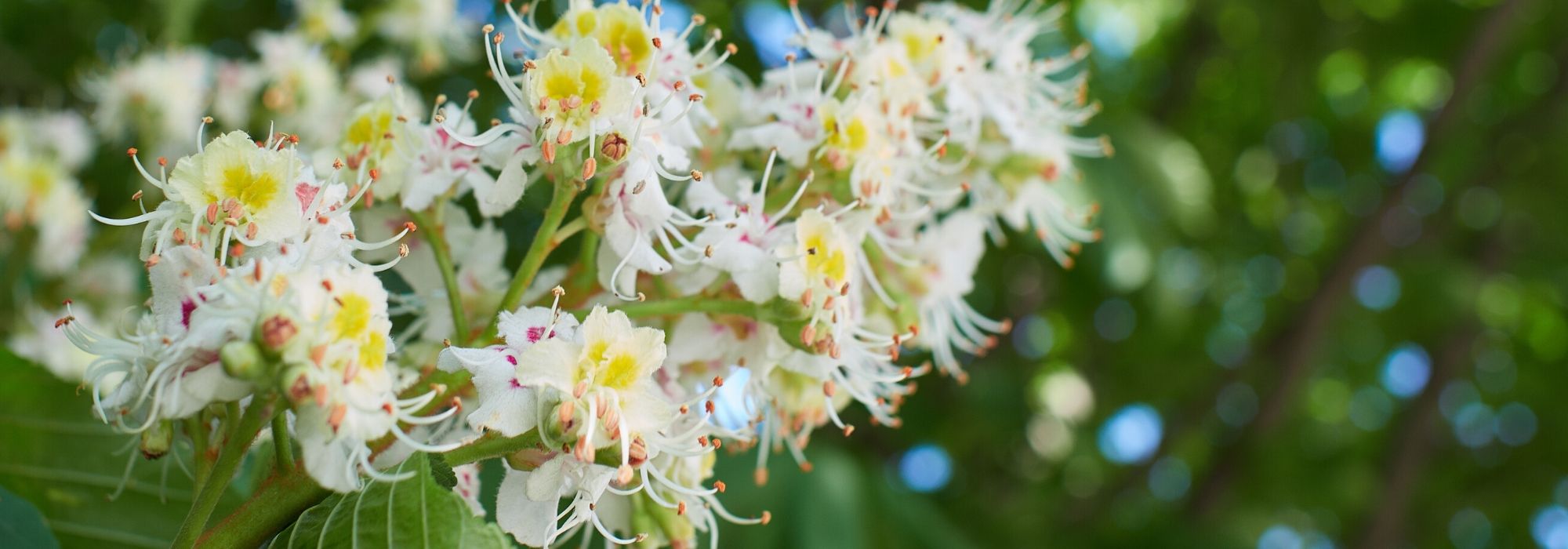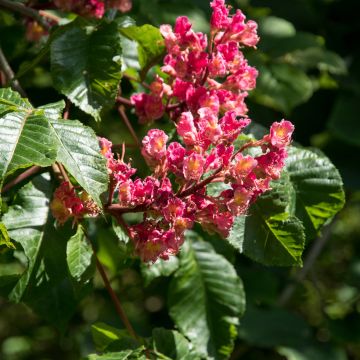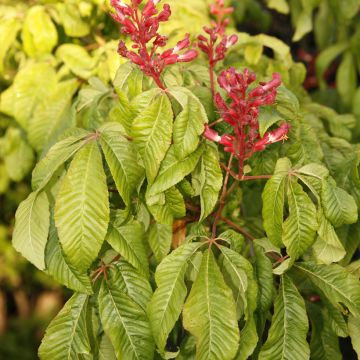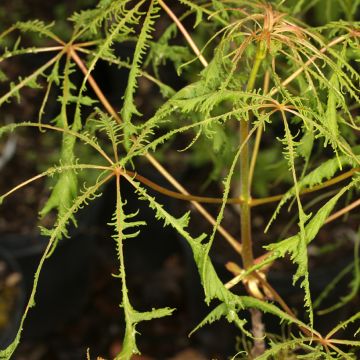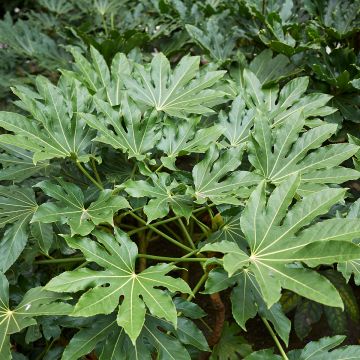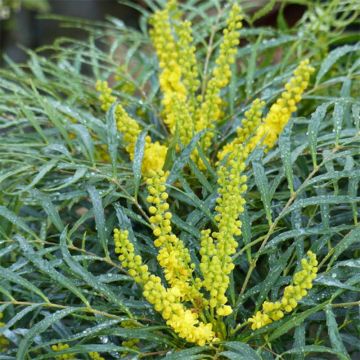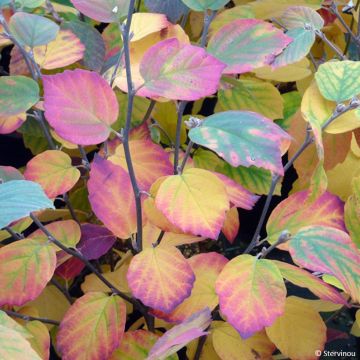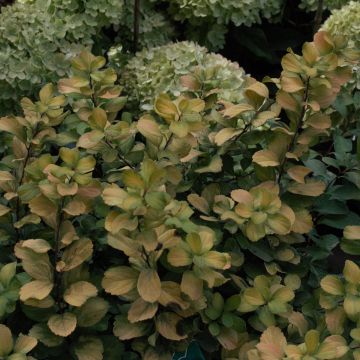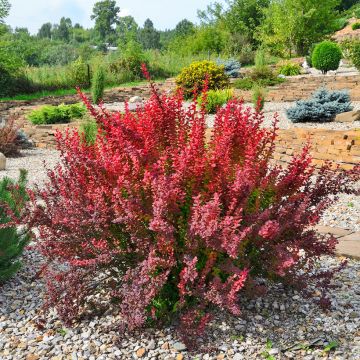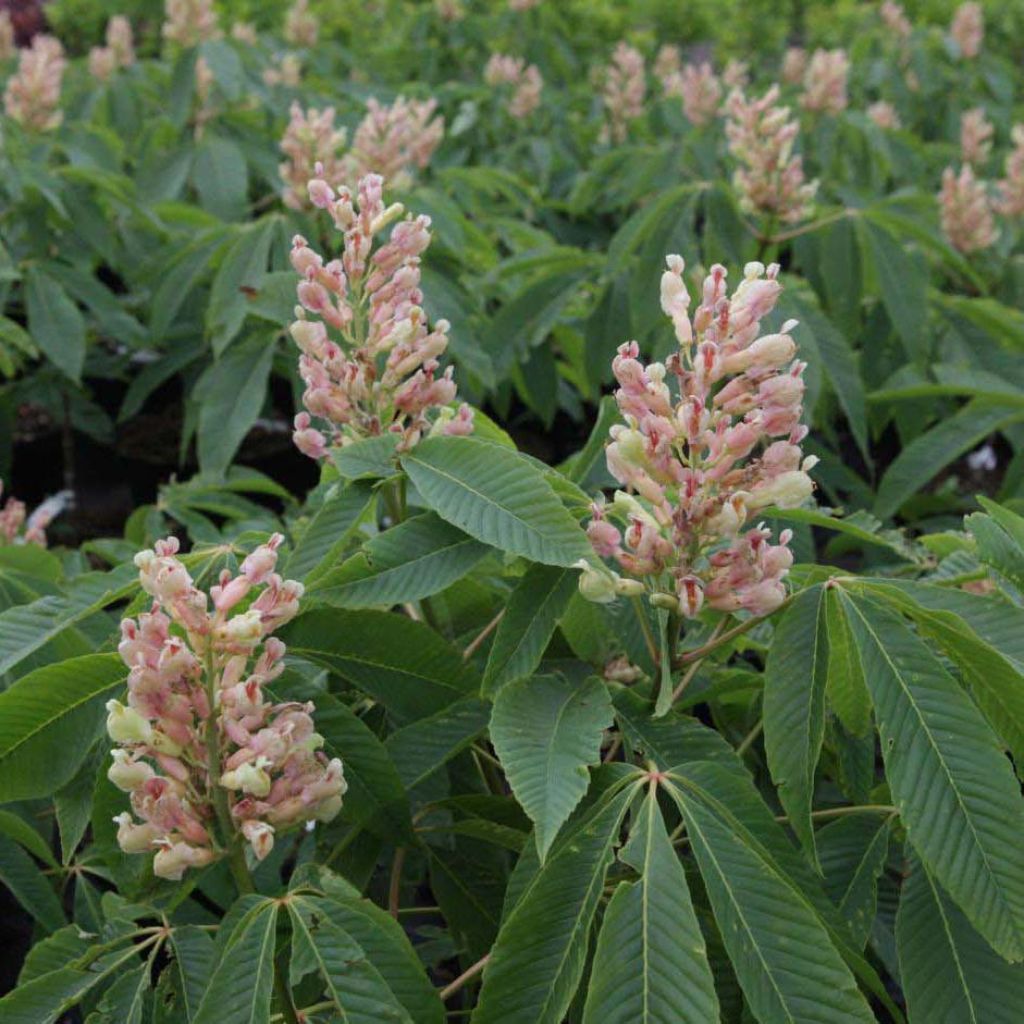

Aesculus neglecta Autumn Fire
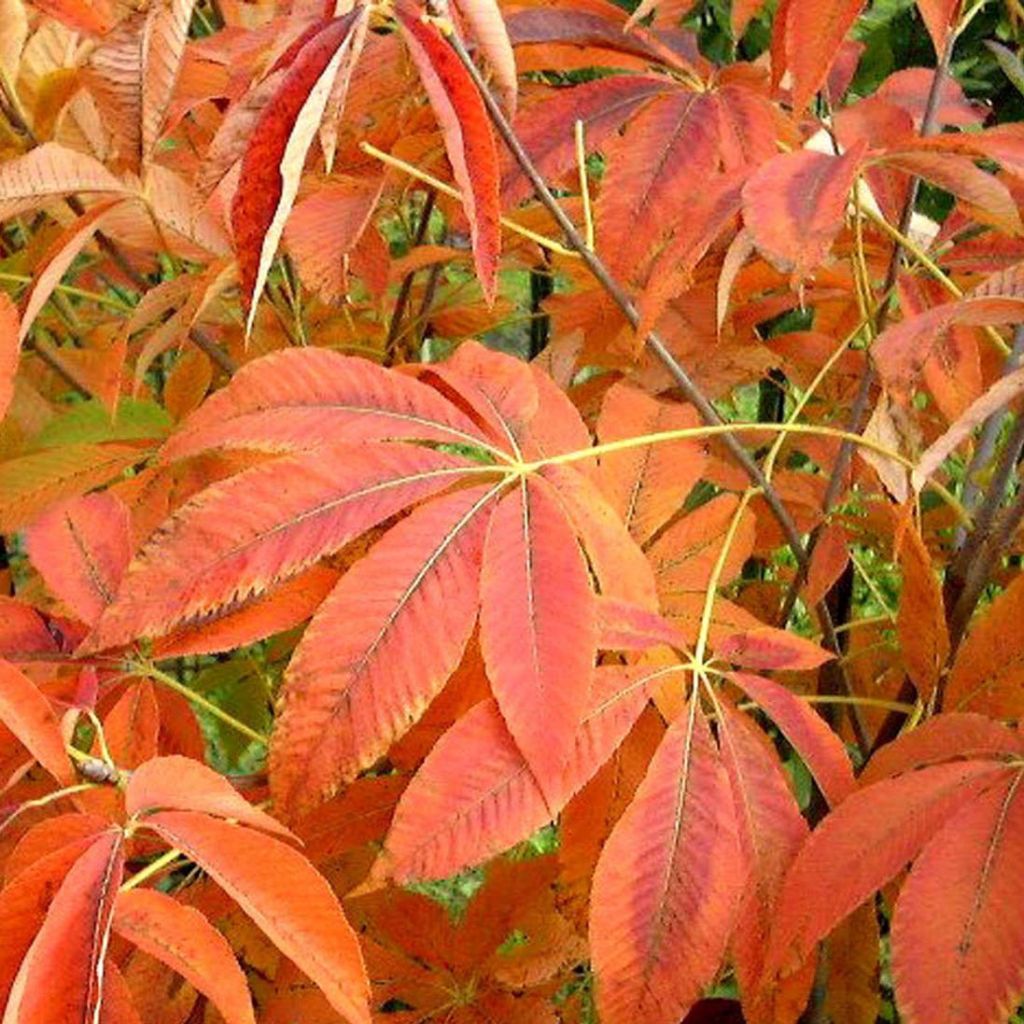

Aesculus neglecta Autumn Fire
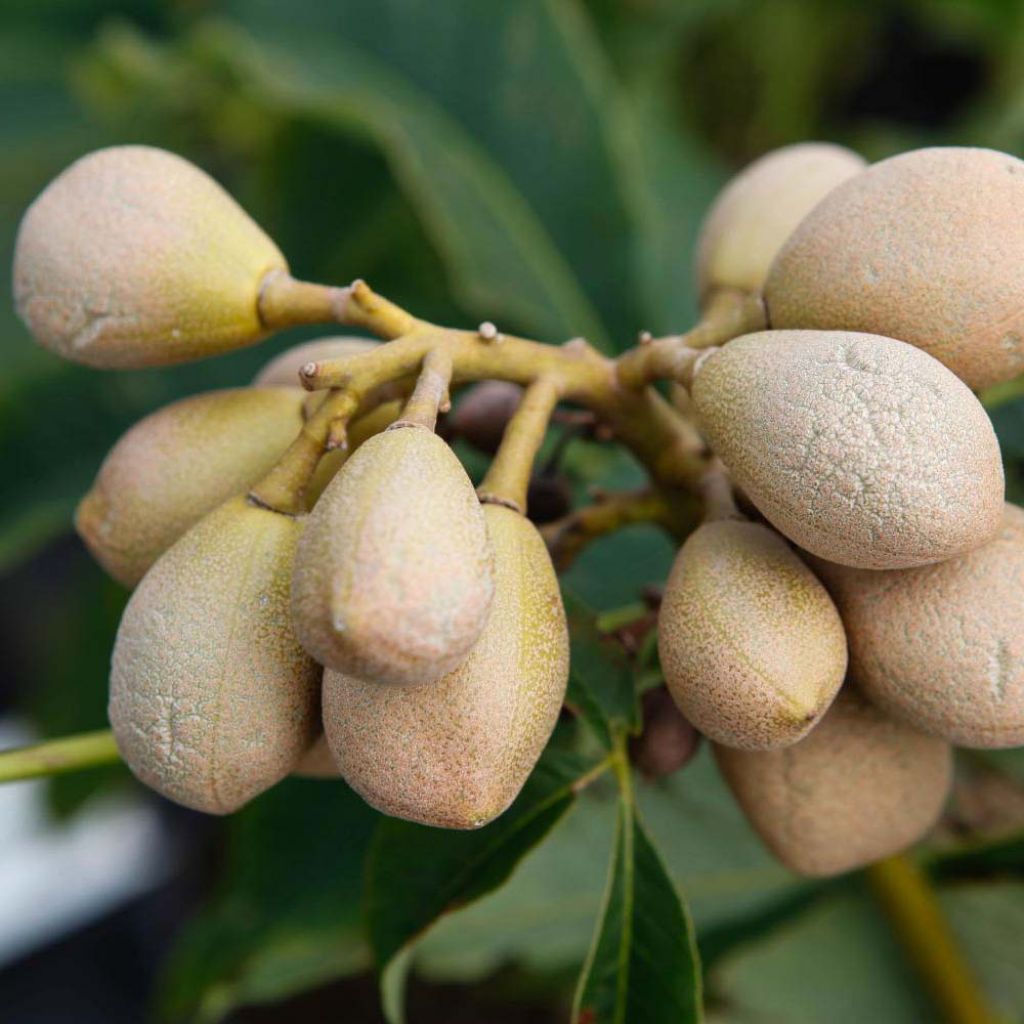

Aesculus neglecta Autumn Fire
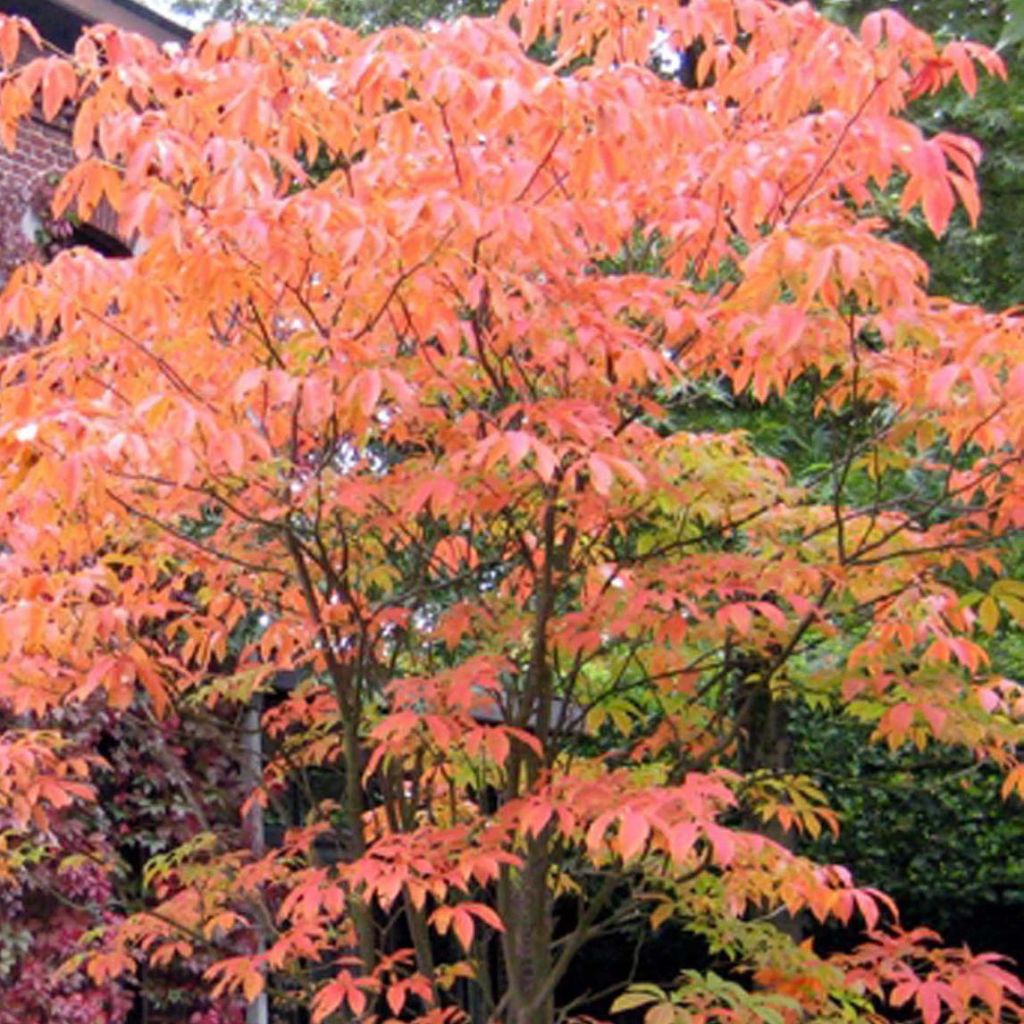

Aesculus neglecta Autumn Fire
Aesculus neglecta Autumn Fire
Aesculus x neglecta Autumn Fire
Red Horse Chestnut
Special offer!
Receive a €20 voucher for any order over €90 (excluding delivery costs, credit notes, and plastic-free options)!
1- Add your favorite plants to your cart.
2- Once you have reached €90, confirm your order (you can even choose the delivery date!).
3- As soon as your order is shipped, you will receive an email containing your voucher code, valid for 3 months (90 days).
Your voucher is unique and can only be used once, for any order with a minimum value of €20, excluding delivery costs.
Can be combined with other current offers, non-divisible and non-refundable.
Why not try an alternative variety in stock?
View all →This plant carries a 24 months recovery warranty
More information
We guarantee the quality of our plants for a full growing cycle, and will replace at our expense any plant that fails to recover under normal climatic and planting conditions.
Would this plant suit my garden?
Set up your Plantfit profile →
Description
Here is Aesculus (x) neglecta Autumn Fire, a new smaller, slow-growing chestnut tree, absolutely perfect for adding colour to small gardens. Flamboyant from the end of September under its red-orange foliage, it also surprises when the young shoots appear in a bronze-copper hue with mahogany accents, a stunning colour. Its spring blooms are also beautiful, with pale yellow candle-like flowers suffused with pink, on very beautiful light green and shiny foliage. Now is the time to discover these adorable American ornamental chestnuts: compact, disease-resistant, remarkably colourful, and very easy to grow in ordinary soil that is not too dry.
The Aesculus (x) neglecta Autumn Fire is a recent horticultural hybrid, highly regarded at the Saint-Jean de Beauregard Plant Festival. Its parents are the Aesculus sylvatica (very compact, native to Appalachian forests in the U.S.A) and the Aesculus flava, a large tree native to the eastern United States. This small-sized chestnut forms a trunk topped with a rounded crown. At the age of 10, it will measure about 6 m (19 in 8 ft) in height and 3 m (9 in 10 ft) in width. At maturity, its dimensions will rarely exceed 8-9 m (26-29 ft) in height and 4 m (13 ft) in width. Its large branches produce smooth, slightly sticky buds. The remarkably-coloured new growth unfolds into large palmate leaves, 15 cm (5.9 in) wide, divided into 5 elliptical and oblong leaflets. Their colour quickly turns light green, until September. It is also notable for taking on its autumn colours very early in the season, sometimes as early as the second half of September, and keeping them until the leaves fall. The first inflorescences, in the form of small upright panicles measuring 10 to 15 cm (3.9 - 5.9 in), bloom in May or early June depending on the climate. The small tubular flowers open in pale yellow, then darken to salmon pink. Flowering is followed by the formation of oval fruits, 5-7 cm (2 - 2.8 in) in length. The trunk of this small tree is covered with smooth brown bark.
Aesculus neglecta Autumn Fire adapts to any deep soil that remains moist (can even be slightly chalky) and prefers a sunny or partially shaded site. It can stand alone in a small garden, but also be included in a mass planting of large bushes or small trees with flowers or autumn foliage. It forms a beautiful combination with e.g. a blue-flowered Hydrangea like the Hydrangea serrata Blue Bird, a large rhododendron, Parrotia persica, Hydrangea quercifolia, Neillia affinis, or Cotinus Royal Purple.
Aesculus neglecta Autumn Fire in pictures
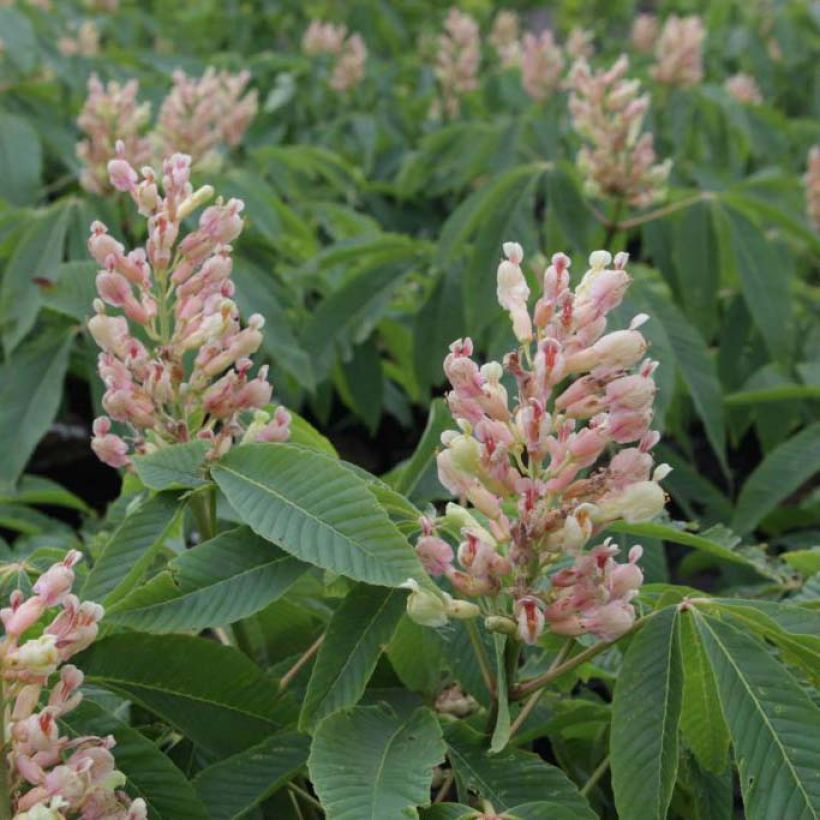

Plant habit
Flowering
Foliage
Botanical data
Aesculus
x neglecta
Autumn Fire
Hippocastanaceae
Red Horse Chestnut
Cultivar or hybrid
Other Aesculus - Horse Chestnut
View all →Planting and care
Aesculus neglecta Autumn Fire should be planted in spring or autumn in ordinary but deep soil that remains moist and is fertile, slightly acidic, neutral or slightly alkaline. Install it in a sunny but not scorching, or partially shaded site. Deep ploughing is recommended before planting. Provide enough space as the crown can reach a width of 4m (13 in 1 ft). Water and mulch to maintain soil moisture. Fertilise in spring. Prune in February by removing old stems. This variety is not susceptible to diseases that usually affect large chestnut trees.
Planting period
Intended location
Care
Planting & care advice
This item has not been reviewed yet - be the first to leave a review about it.
Similar products
Haven't found what you were looking for?
Hardiness is the lowest winter temperature a plant can endure without suffering serious damage or even dying. However, hardiness is affected by location (a sheltered area, such as a patio), protection (winter cover) and soil type (hardiness is improved by well-drained soil).

Photo Sharing Terms & Conditions
In order to encourage gardeners to interact and share their experiences, Promesse de fleurs offers various media enabling content to be uploaded onto its Site - in particular via the ‘Photo sharing’ module.
The User agrees to refrain from:
- Posting any content that is illegal, prejudicial, insulting, racist, inciteful to hatred, revisionist, contrary to public decency, that infringes on privacy or on the privacy rights of third parties, in particular the publicity rights of persons and goods, intellectual property rights, or the right to privacy.
- Submitting content on behalf of a third party;
- Impersonate the identity of a third party and/or publish any personal information about a third party;
In general, the User undertakes to refrain from any unethical behaviour.
All Content (in particular text, comments, files, images, photos, videos, creative works, etc.), which may be subject to property or intellectual property rights, image or other private rights, shall remain the property of the User, subject to the limited rights granted by the terms of the licence granted by Promesse de fleurs as stated below. Users are at liberty to publish or not to publish such Content on the Site, notably via the ‘Photo Sharing’ facility, and accept that this Content shall be made public and freely accessible, notably on the Internet.
Users further acknowledge, undertake to have ,and guarantee that they hold all necessary rights and permissions to publish such material on the Site, in particular with regard to the legislation in force pertaining to any privacy, property, intellectual property, image, or contractual rights, or rights of any other nature. By publishing such Content on the Site, Users acknowledge accepting full liability as publishers of the Content within the meaning of the law, and grant Promesse de fleurs, free of charge, an inclusive, worldwide licence for the said Content for the entire duration of its publication, including all reproduction, representation, up/downloading, displaying, performing, transmission, and storage rights.
Users also grant permission for their name to be linked to the Content and accept that this link may not always be made available.
By engaging in posting material, Users consent to their Content becoming automatically accessible on the Internet, in particular on other sites and/or blogs and/or web pages of the Promesse de fleurs site, including in particular social pages and the Promesse de fleurs catalogue.
Users may secure the removal of entrusted content free of charge by issuing a simple request via our contact form.
The flowering period indicated on our website applies to countries and regions located in USDA zone 8 (France, the United Kingdom, Ireland, the Netherlands, etc.)
It will vary according to where you live:
- In zones 9 to 10 (Italy, Spain, Greece, etc.), flowering will occur about 2 to 4 weeks earlier.
- In zones 6 to 7 (Germany, Poland, Slovenia, and lower mountainous regions), flowering will be delayed by 2 to 3 weeks.
- In zone 5 (Central Europe, Scandinavia), blooming will be delayed by 3 to 5 weeks.
In temperate climates, pruning of spring-flowering shrubs (forsythia, spireas, etc.) should be done just after flowering.
Pruning of summer-flowering shrubs (Indian Lilac, Perovskia, etc.) can be done in winter or spring.
In cold regions as well as with frost-sensitive plants, avoid pruning too early when severe frosts may still occur.
The planting period indicated on our website applies to countries and regions located in USDA zone 8 (France, United Kingdom, Ireland, Netherlands).
It will vary according to where you live:
- In Mediterranean zones (Marseille, Madrid, Milan, etc.), autumn and winter are the best planting periods.
- In continental zones (Strasbourg, Munich, Vienna, etc.), delay planting by 2 to 3 weeks in spring and bring it forward by 2 to 4 weeks in autumn.
- In mountainous regions (the Alps, Pyrenees, Carpathians, etc.), it is best to plant in late spring (May-June) or late summer (August-September).
The harvesting period indicated on our website applies to countries and regions in USDA zone 8 (France, England, Ireland, the Netherlands).
In colder areas (Scandinavia, Poland, Austria...) fruit and vegetable harvests are likely to be delayed by 3-4 weeks.
In warmer areas (Italy, Spain, Greece, etc.), harvesting will probably take place earlier, depending on weather conditions.
The sowing periods indicated on our website apply to countries and regions within USDA Zone 8 (France, UK, Ireland, Netherlands).
In colder areas (Scandinavia, Poland, Austria...), delay any outdoor sowing by 3-4 weeks, or sow under glass.
In warmer climes (Italy, Spain, Greece, etc.), bring outdoor sowing forward by a few weeks.






























